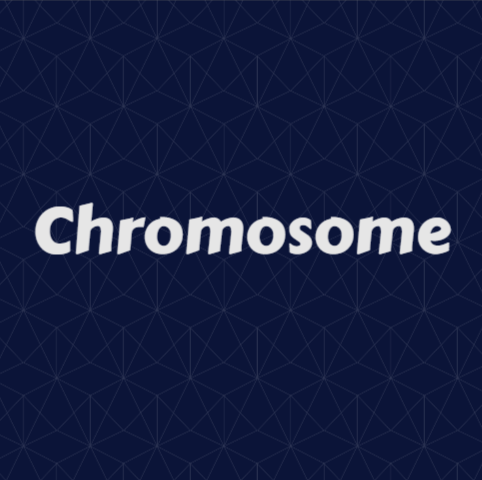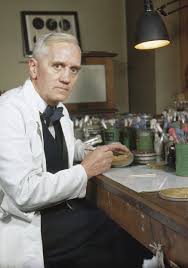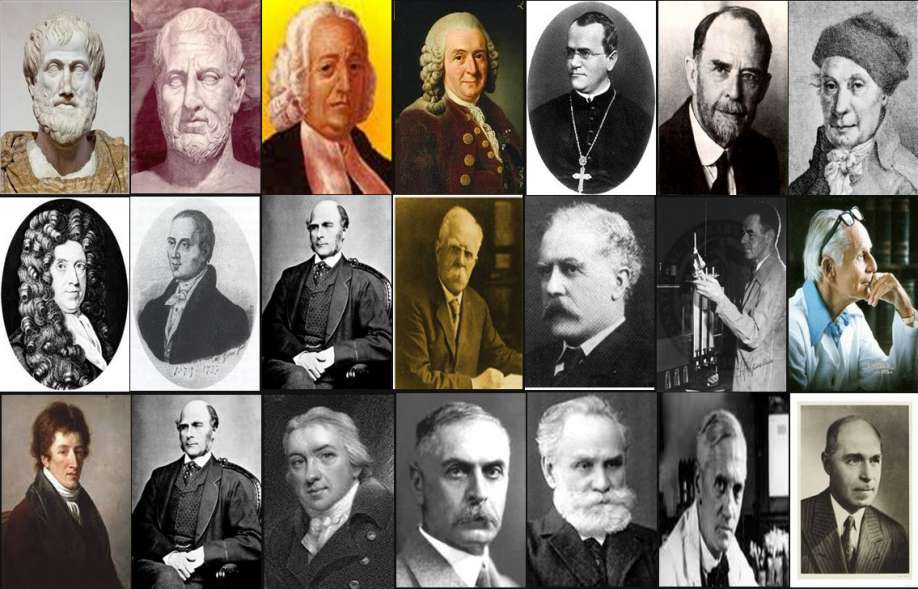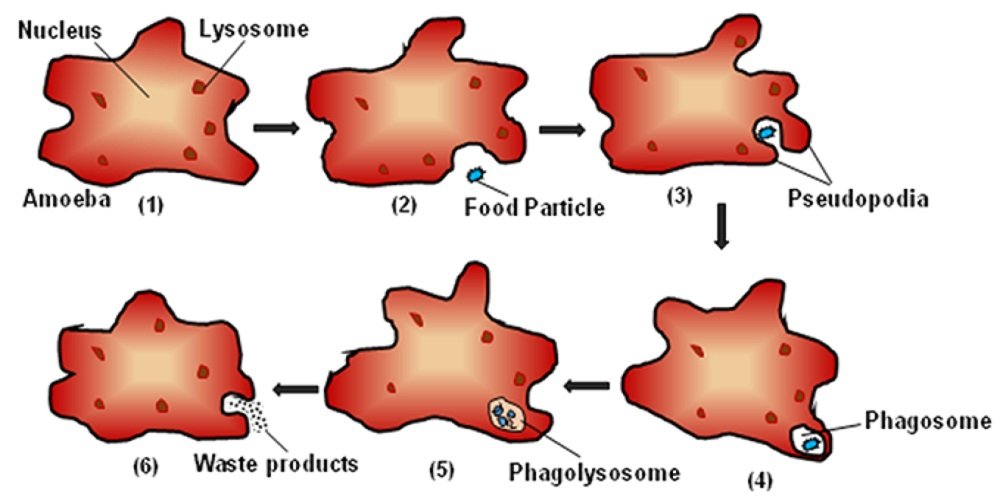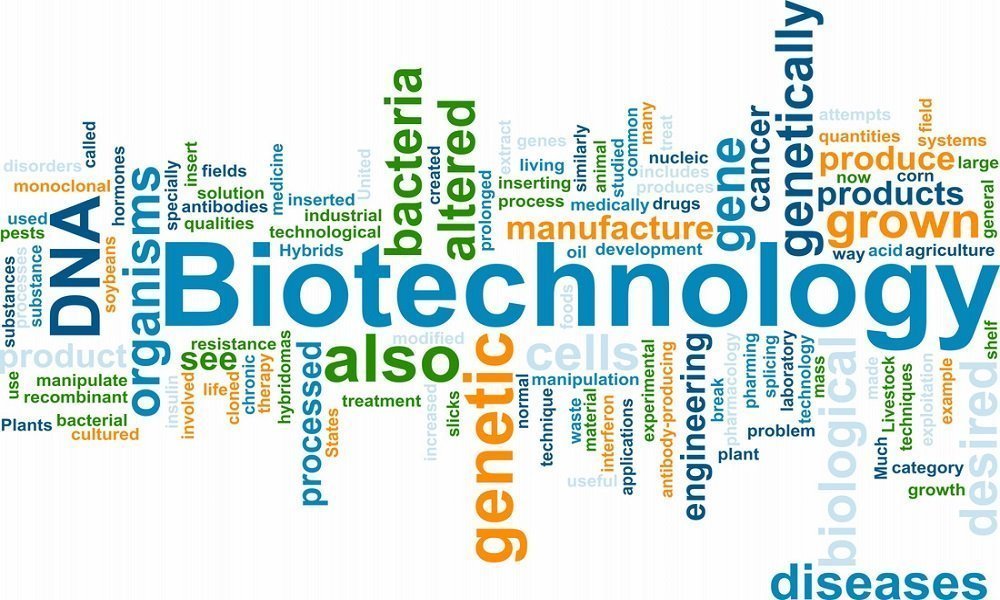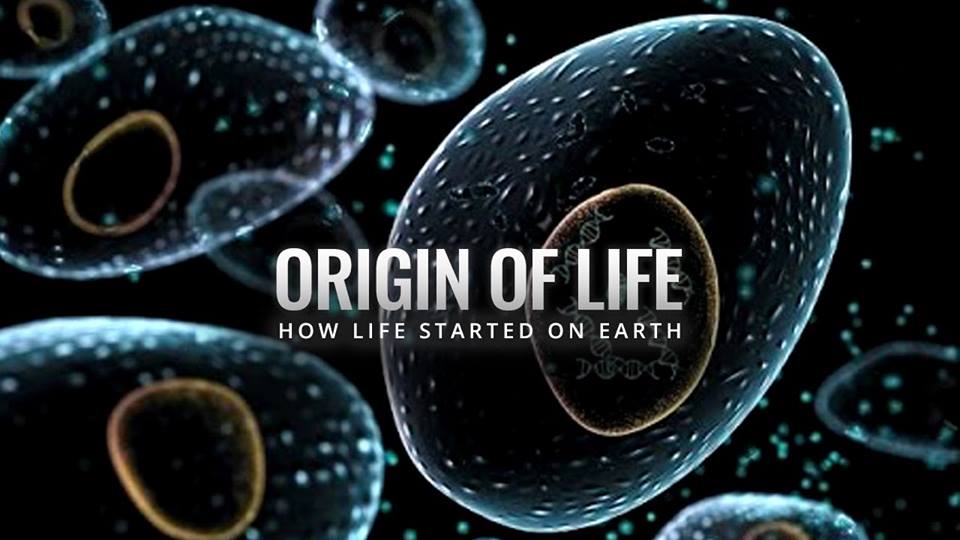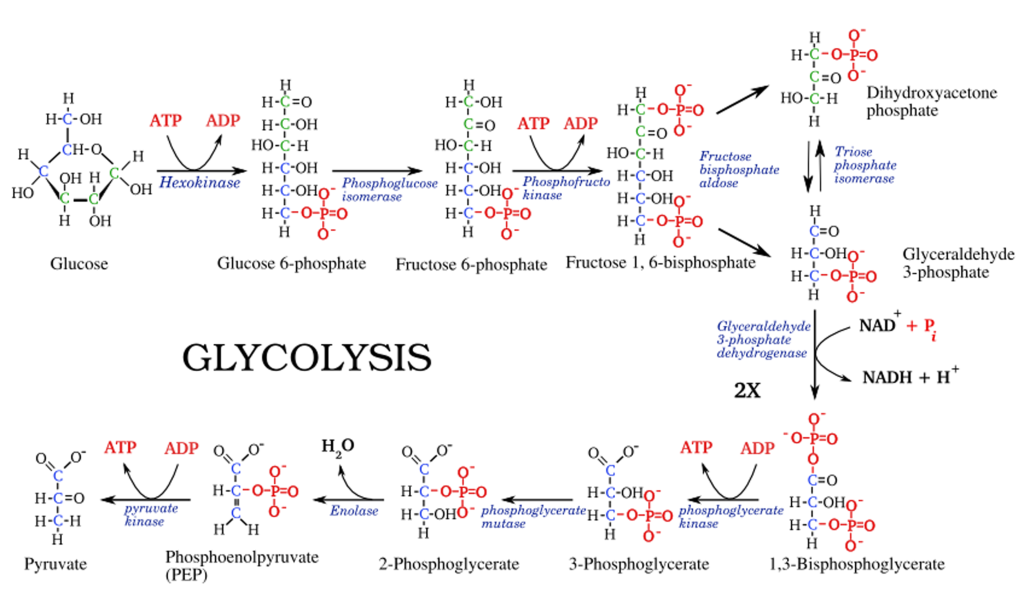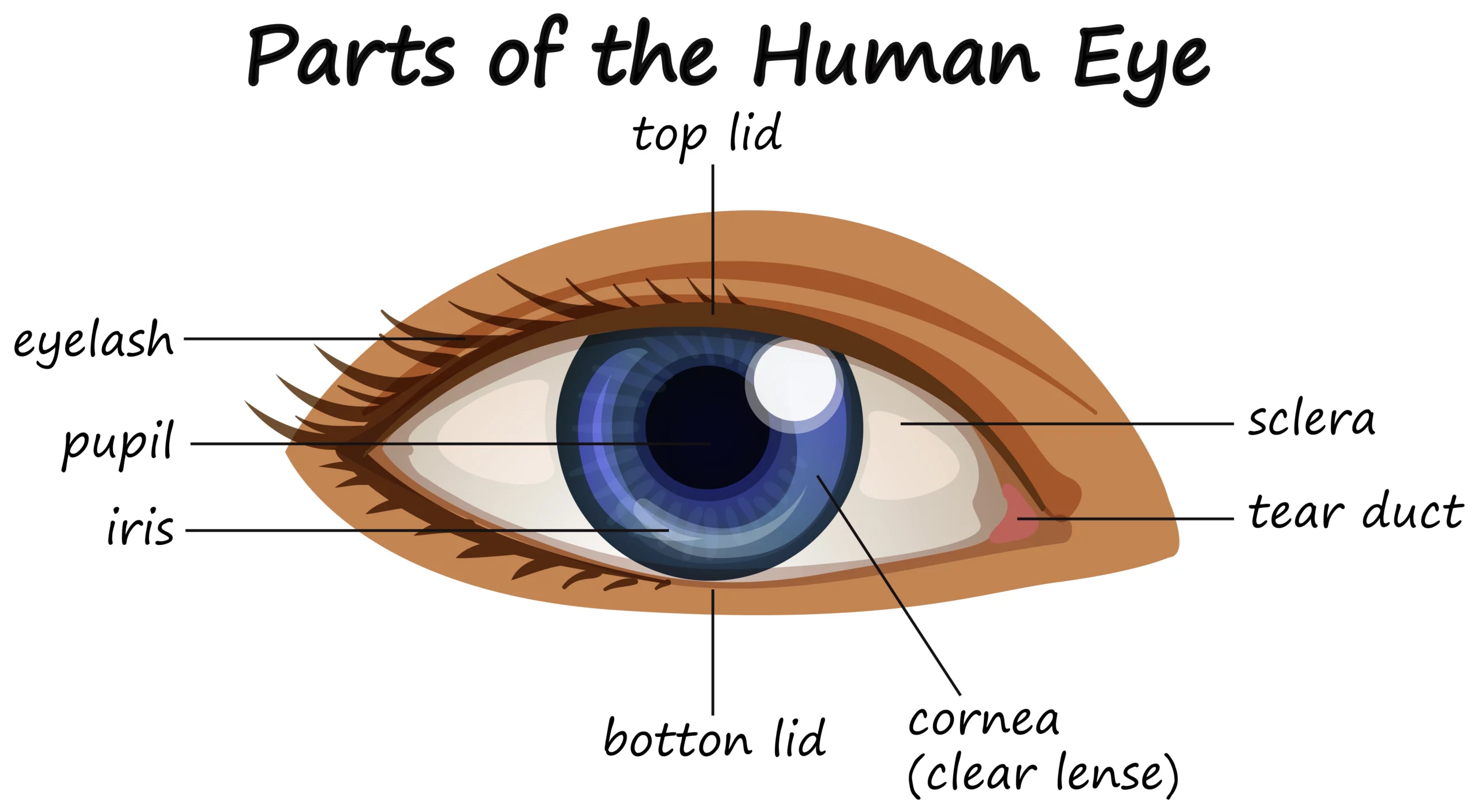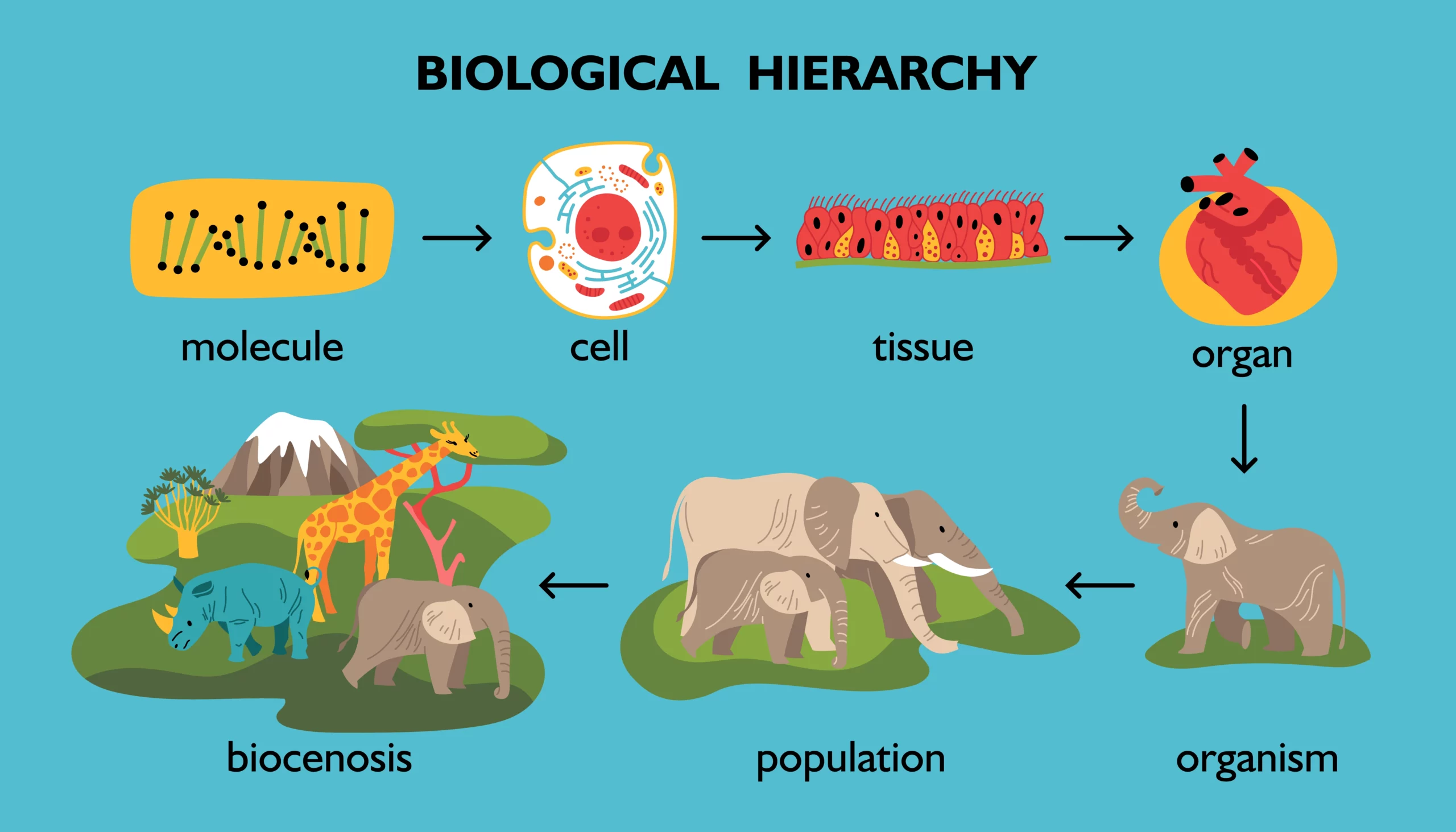Tag: Biology

Chromosome
A chromosome is a structure found in cells that is made up of a long strand of DNA, which is the genetic material that contains the instructions for the development and function of all living organisms. Chromosomes are found in the nucleus of eukaryotic cells and play a crucial role in the cell cycle, replication,…

Sir Alexander Fleming
(August 6 , 1881 – March 11, 1955) Early life and Education Sir Alexander Fleming was a Scottish physician, microbiologist, and pharmacologist, who was born on August 6, 1881 at Lochfield farm near Darvel, in Ayrshire, Scotland. Alexander was the third of four children of farmer Hugh Fleming (1816–1888) from his second marriage to Grace…

Type of Classification System Quiz
Welcome to our “Type of Classification System Quiz!” Are you ready to explore the diverse methods used to categorize everything from living organisms to data sets? Classification systems are essential tools that help us organize and make sense of the world around us. In this quiz, we’ll dive into various types of classification, from biological…

MCQ on Respiration in plant
Q1: Which organelle in plant cells is primarily responsible for cellular respiration? (A) Chloroplast (B) Mitochondrion (C) Vacuole (D) Nucleus Answer: (B) Mitochondrion Explanation: Mitochondria are the main sites of cellular respiration in plant cells, where ATP is produced. Q2: During respiration, what is the primary substrate used by plants to generate energy? (A) Oxygen…

Father of Various Branches of Biology
Father of Agronomy Peter – De- Cresenji Father of Agriculture Norman Borlaug Father of Anatomy Andreas Vesalius Father of Botany Theophrastus Father of Biology Aristotle Father of Bacteriology Antonie van LeeuwenhoekRobert Koch / Ferdinand Cohn / LouisPasteur Father of Blood Groups Karl Landsteiner Father of Blood Circulation William Harvey Father of Cytology Robert Hooke Father…
Q & A OF ANATOMY OF FLOWERING PLANTS
Q1) Name the associated structure of companion cell. Ans: Sieve tube cell Q2) Name an enucleated plant cell. Ans: Sieve tube cell Q3) Name the conductory elements of xylem. Ans: Tracheary elements- Tracheids and Vessels (tracheae) Q4) What is periderm? Ans: Phellogen, Phellum and Phelloderm are collectively called as Periderm Q5) What is annual ring?…

DIGESTIVE SYSTEM
DIFFERENT MODE OF DIGESTION IN ORGANISMS The collective processes by which a living organism takes food which are necessary for their growth, maintenance and energy needs is called nutrition. The chemical substances present in the food are called nutrients. It is important to know the different modes of nutrition in all living organisms in order…

BIOTECHNOLOGY
The word biotechnology has come from two words, bios (meaning biology) and technology (meaning technological application). Thus biotechnology is defined as the industrial application of living organisms and their biological processes such as biochemistry, microbiology, and genetic engineering, in order to make best use of the microorganisms for the benefit of mankind. Biotechnology is applied in…

ORIGIN OF LIFE
The earth was formed about five billion years ago. At that time it was extremely hot. The existence of life in any form at that high temperature was not possible. As such, two questions arise pertaining to life: 1. How did life originate on earth? 2. How did primitive organisms evolve into new forms resulting…

Glycolysis Pathway
Glycolysis is a crucial metabolic pathway found in all living cells, serving as the initial step in the breakdown of glucose to produce energy. This ancient and highly conserved process occurs in the cytoplasm and plays a central role in both aerobic and anaerobic respiration. In this note, we’ll delve into the details of glycolysis,…

Human Eye: Anatomy, parts and structure
Exploring the Human Eye: Unveiling its Anatomy, Parts, and Structure The human eye is a marvel of complexity and precision, allowing us to perceive the vibrant world around us. From the simplest forms of light detection to the intricate details of color and depth perception, the eye plays a pivotal role in our sensory experience.…

Biological Classification
Biological Classification: Understanding the Diversity of Life In the vast tapestry of life that envelops our planet, organisms of all shapes, sizes, and functions coexist. From the towering trees of the rainforests to the microscopic bacteria hidden in the soil, every living entity has a place and role in the intricate web of life. This…

